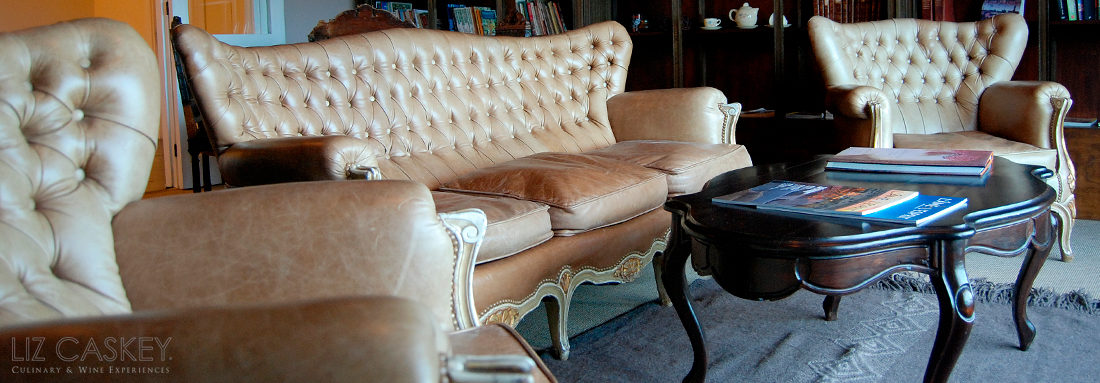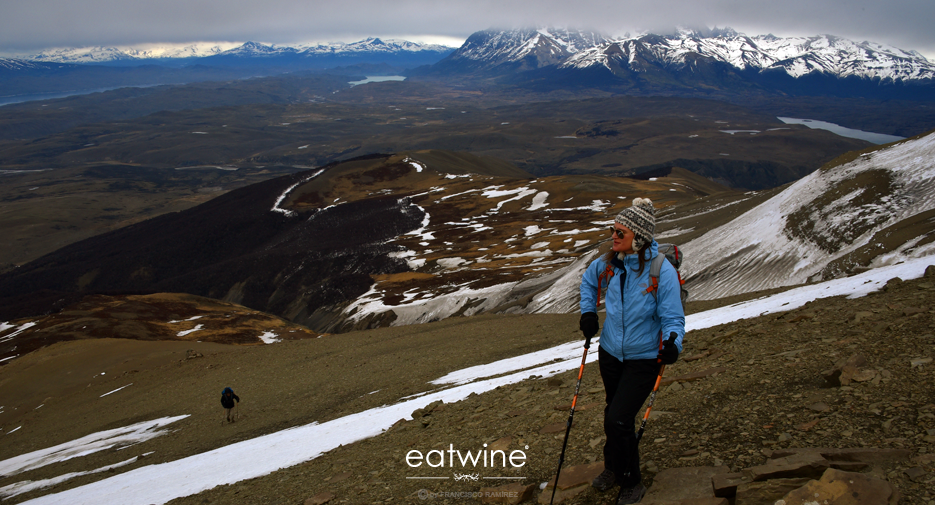
I am standing, or better said, paralyzed on a steep mountainside in the Chilean Patagonia. To the west in the distance, the Torres del Paine (the three granite towers from which the park takes it name) are shrouded in dark, threatening clouds.
We are already a couple hours into this trek and it’s only been pura subida. An icy wind whips against our backs. Gazing up at the summit, our progress feels like we are inching along. There’s no path here. Just loose stones, gravel, and boulders with patches of snow and ice.
Daniel, our guide, suggests zigzagging compactly in this last section as it becomes more vertical. I look below and see our hotel, Awasi Patagonia, nearly 1,000 vertical meters below. We are almost at the top of Sierra Contreras, the mountains rising directly behind the hotel. Somehow, those mountains didn’t look quite so tall from the lodge. A strong wind gust rips again, making me wobble and almost I loose my balance. I slide and catch myself.
What on earth did I sign up for?!
I momentarily curse my decision to have embarked on this full day “adventure” trek. This is supposed to be fun? Surveying my options, there’s no easy way up nor down. The only solution is that I have to get a handle on this situation. NOW. I collect myself and focus. I follow Daniel by stepping in his footsteps. I concentrate on taking that one step with all my intention. I don’t look up nor down. I stay totally present. I breathe deep and have some faith that I can do it and I will (eventually) get there.
After what felt like an eternity on that mountainside, we arrive at the summit of Sierra Contreras and are rewarded with a stunning 360-degree panoramic vista of Sierra Baguales, the Torres, the Horns of Paine, Sarmiento Lake, rolling valleys and the golden prairie of estepa extending towards El Calafate, Argentina. I feel like the last woman on earth. A lone condor circles low overhead keeping a cautious eye on us. In reality, this was only the half point of the trek (getting off the mountain proved to be equally harrowing), but it was the mental tipping point of the excursion for me. I had conquered myself. During this trip to Patagonia, our sixth time (if I haven’t lost count…), I would conquer myself again…and again.



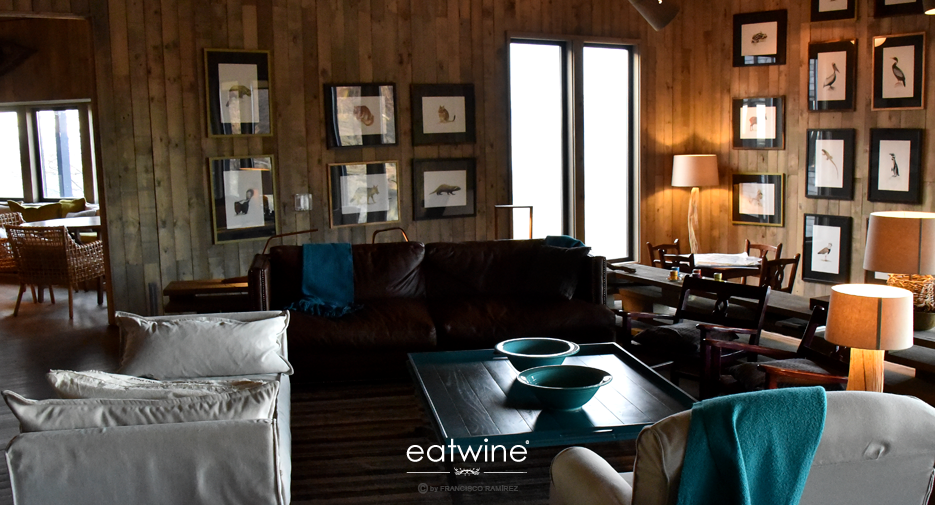

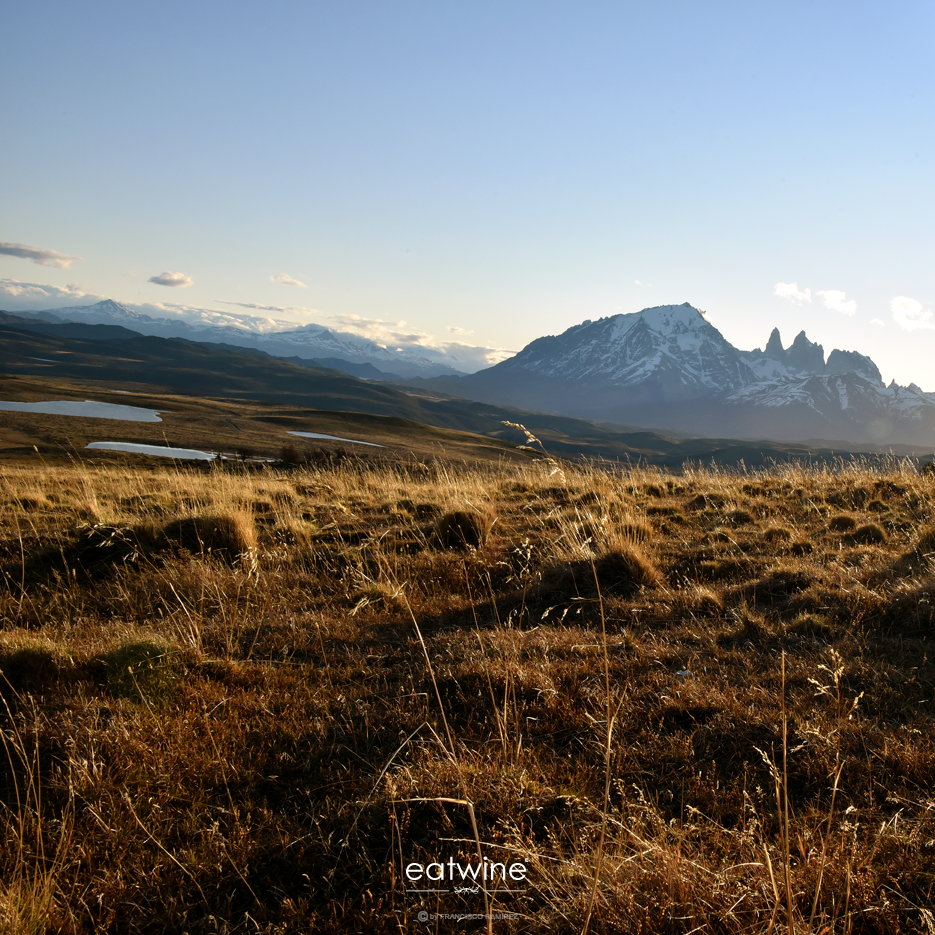
We returned to our villa at Awasi in the late afternoon with our private, wood-fired hot tub heated up and bubbling away with a dry sparkling wine in an ice bucket. I could have hardly imagined a better set up after the severe thumping my quads had just taken. Awasi is remote. Very remote. From our home in Santiago, it had taken us nearly 12 hours to get there, door-to-door. Entering their reserve, partitioned off from the Tercera Barranca Estancia, the sensation is perhaps the same isolation and grandeur of nature that the European settlers felt when they arrived in these far-flung lands over a century ago.
Remoteness is the big draw and reason why people make the journey. The twelve luxury yet eco-friendly villas (860 sq. ft. each) were built with native lenga (beech) wood and each has a sweeping view of the Torres del Paine. The view of those granite towers and the Paine Massif is haunting. Inside the villas are planked with the same wood to mimic the surrounding beech forest with handsome, warming touches like sheep’s wool skins on the floor and blue oversized armchairs. The villas are discreet and blend into the surroundings of the reserve. Here it’s not uncommon to see guanacos (Patagonian llamas), rheas, foxes, condors, and according to guides, even Puma tracks. I sincerely hoped not to have a close encounter with a Puma walking back from dinner that evening.
The main lodge sits slightly above the villas with picture windows framing that bewitching view. Awasi Patagonia is now a Relais & Chateaux property and is the most intimate and exquisite of all the properties in Chilean Patagonia today. With a staff-to-client ratio of 3:1, the service is outstanding as is the cuisine, headed up by the dynamic duo of Federico Ziegler and his sous chef Víctor Vilugrón. Every evening, after a hard day of excursions and being exposed to Patagonia’s fickle climate, you sit down to a Michelin-star level restaurant with a tasting menu that creatively incorporates indigenous ingredients, local flavors and often foraged foods. Everything is made from scratch on-site: the bread made daily from a collection of different sour dough starters to the exquisite desserts, including a chocolate cake scented with pines from the property. The cuisine is refined yet experimental, pushes the envelope yet is sufficiently familiar, and most interestingly, channels the rugged Patagonian landscape outside the window onto your plate.
The next morning I awoke very sore. Sore as in getting up or sitting down from any position was near impossible. A day of restoration was in order. Plus, we wanted another afternoon to relish that view from our villa, followed by another hot tub / sparkling wine session and, most likely, a long siesta. We went to ride on the far side of Sarmiento Lake in an ancient lenga forest. Many of these native deciduous grow to be huge, like redwoods, and date back hundreds of years. They possess a particular elegance and presence that I find very zen. Tragically during the fire in late December 2011, which burned over 40,000 acres of forest, many of these trees perished. Somehow, though, this particular forest had been spared.
Our gaucho was a quiet, pensive guy who was very at one with his horses. It was exactly the energy we needed that morning. He silently led us across crystalline babbling streams, weaving the horses through the lenga forest covered in old man’s beard. Many trees bore clusters of pan de indio, a sweet, spongy funghi found only in the Patagonian region. This local delicacy foraged by Natalinos and the cooks at Awasi was prepared as a pickle for dinner that night. We rested up because the next day we had a very long trek ahead of us. A trek that I had been putting off for over 18 years to repeat.
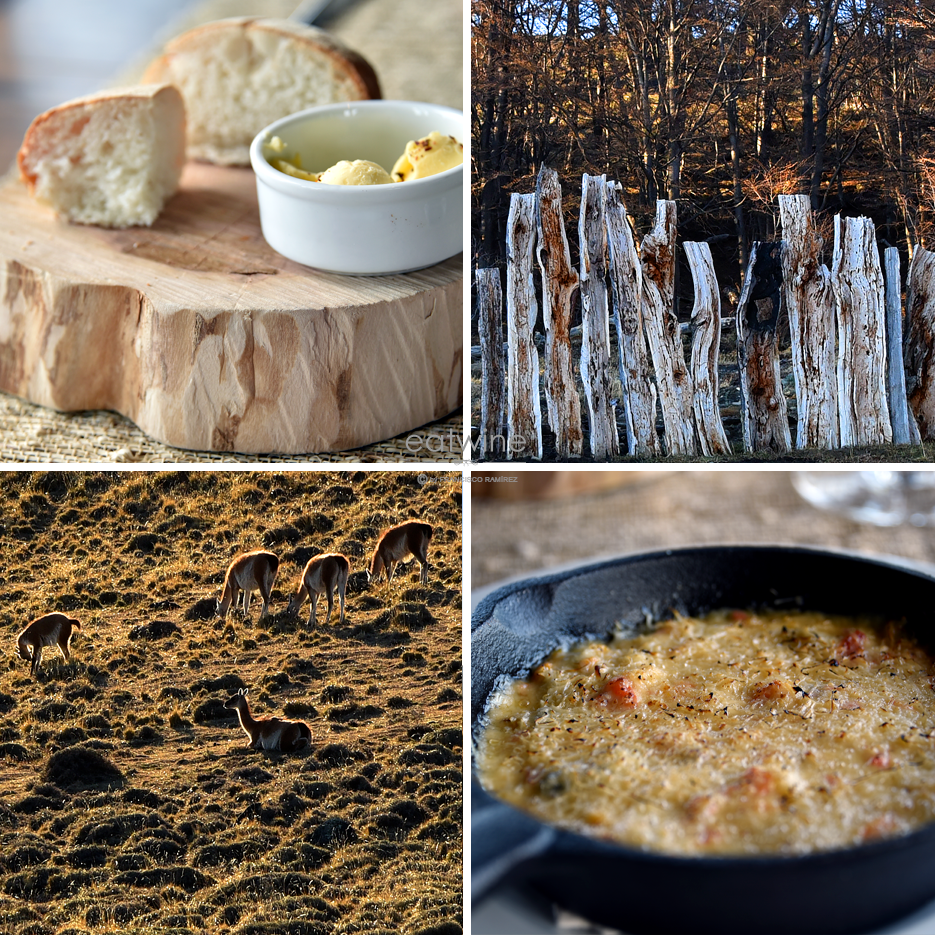
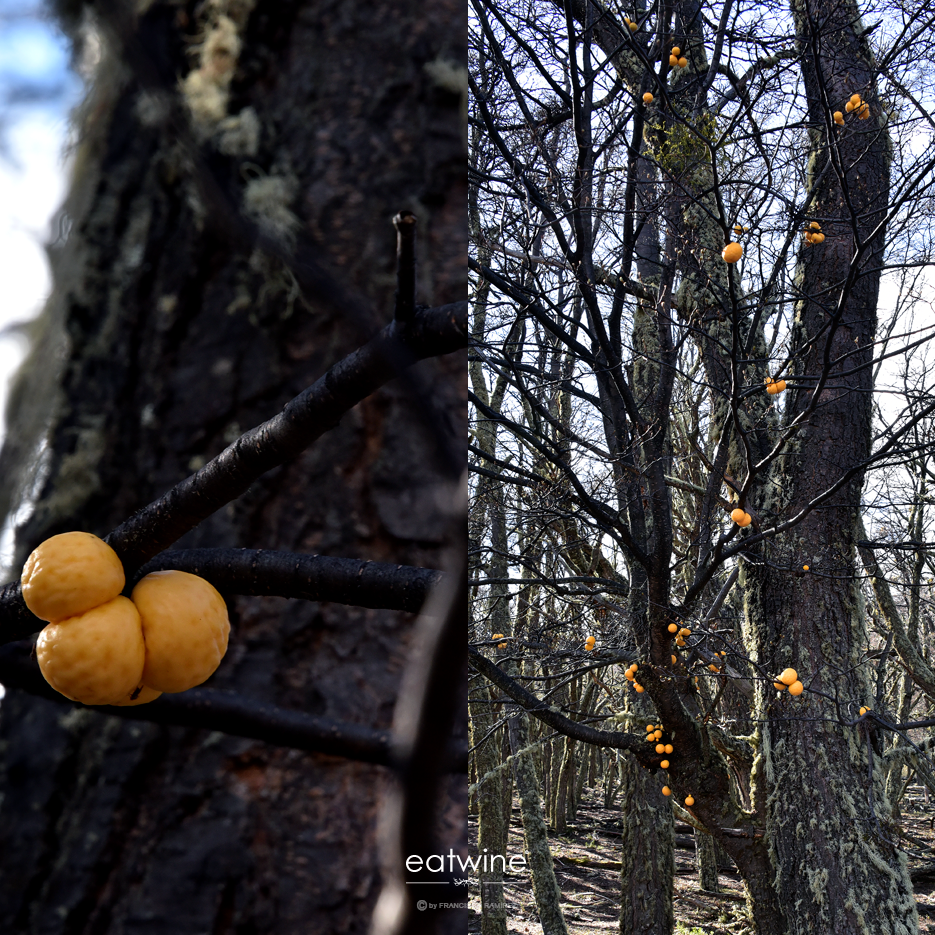
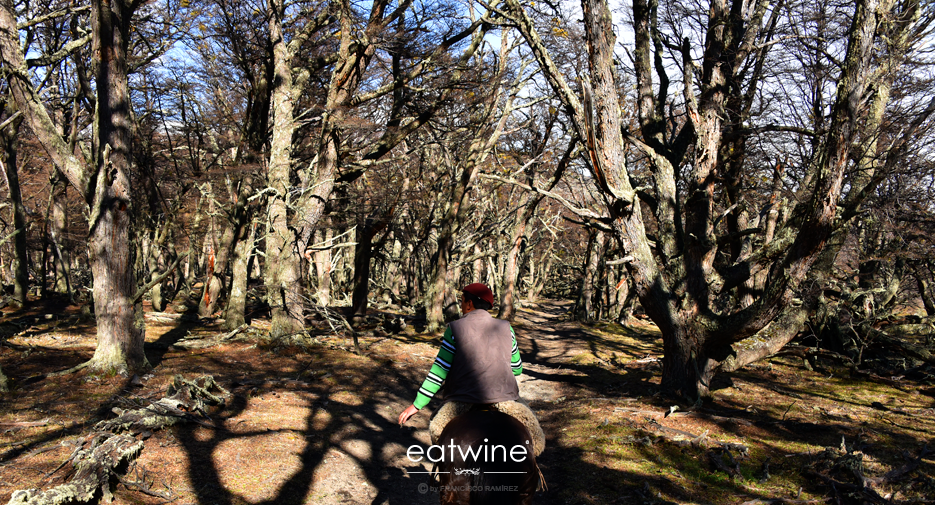

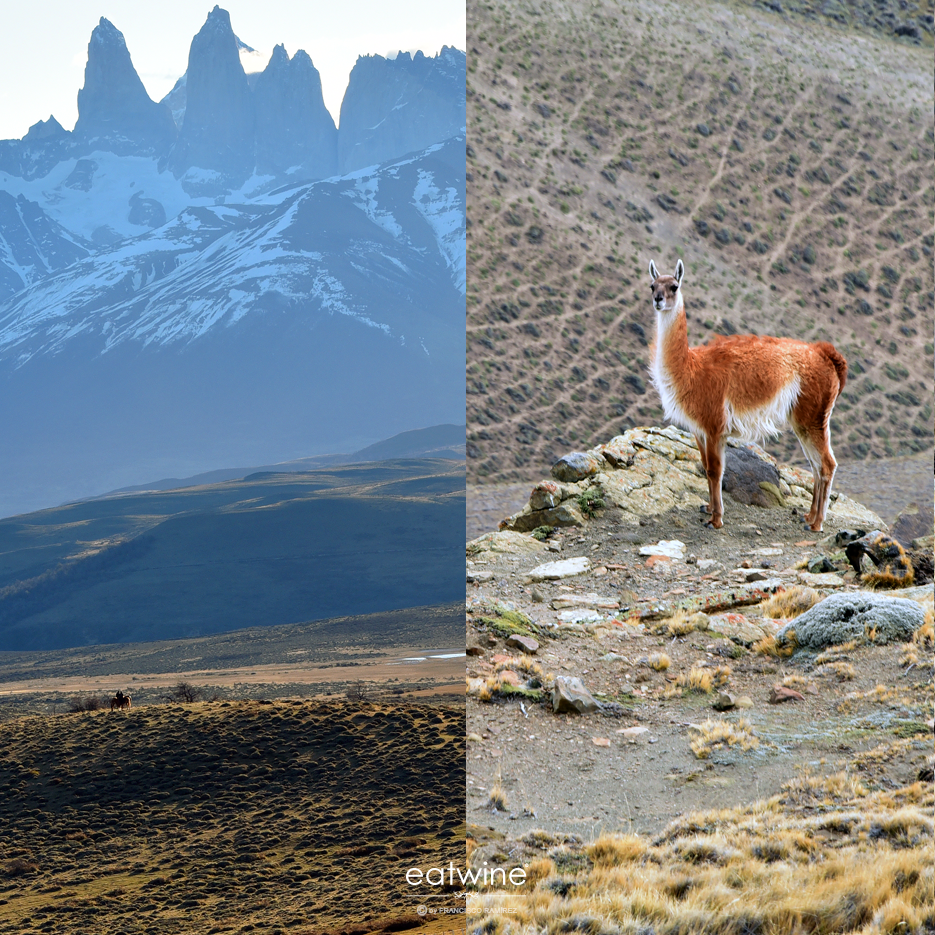
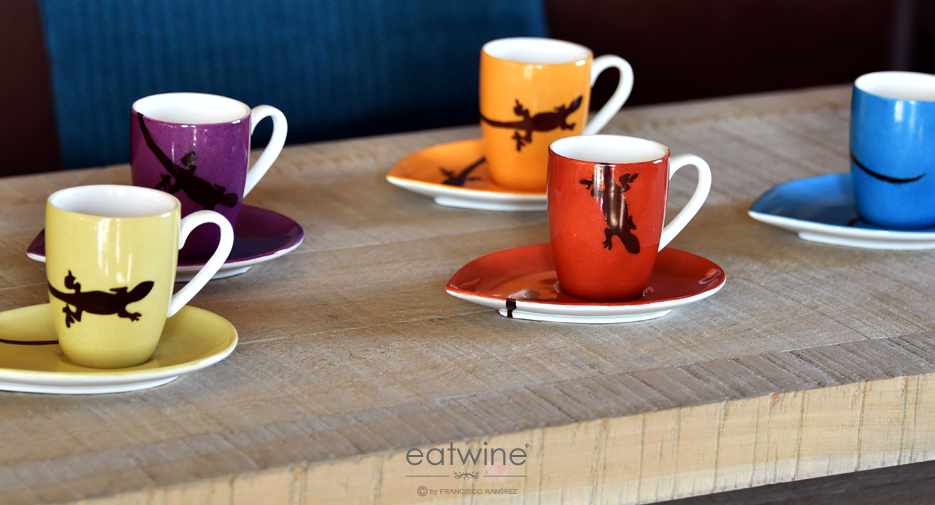
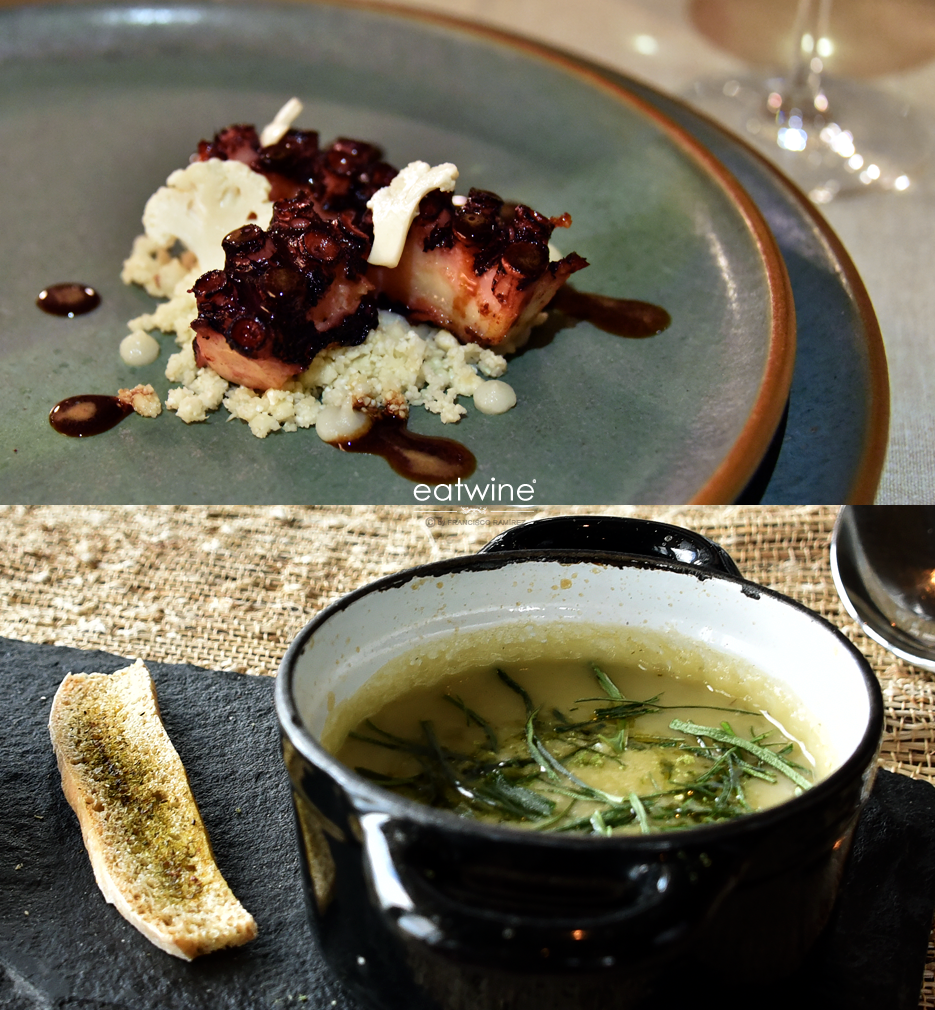

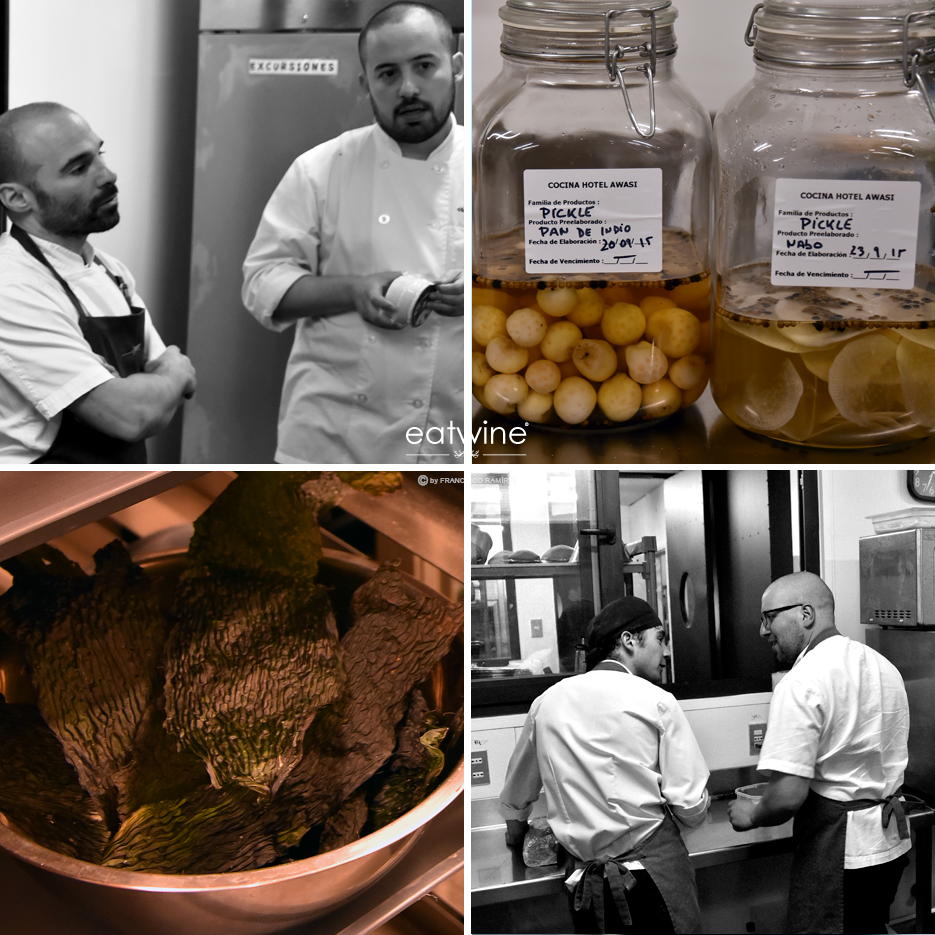

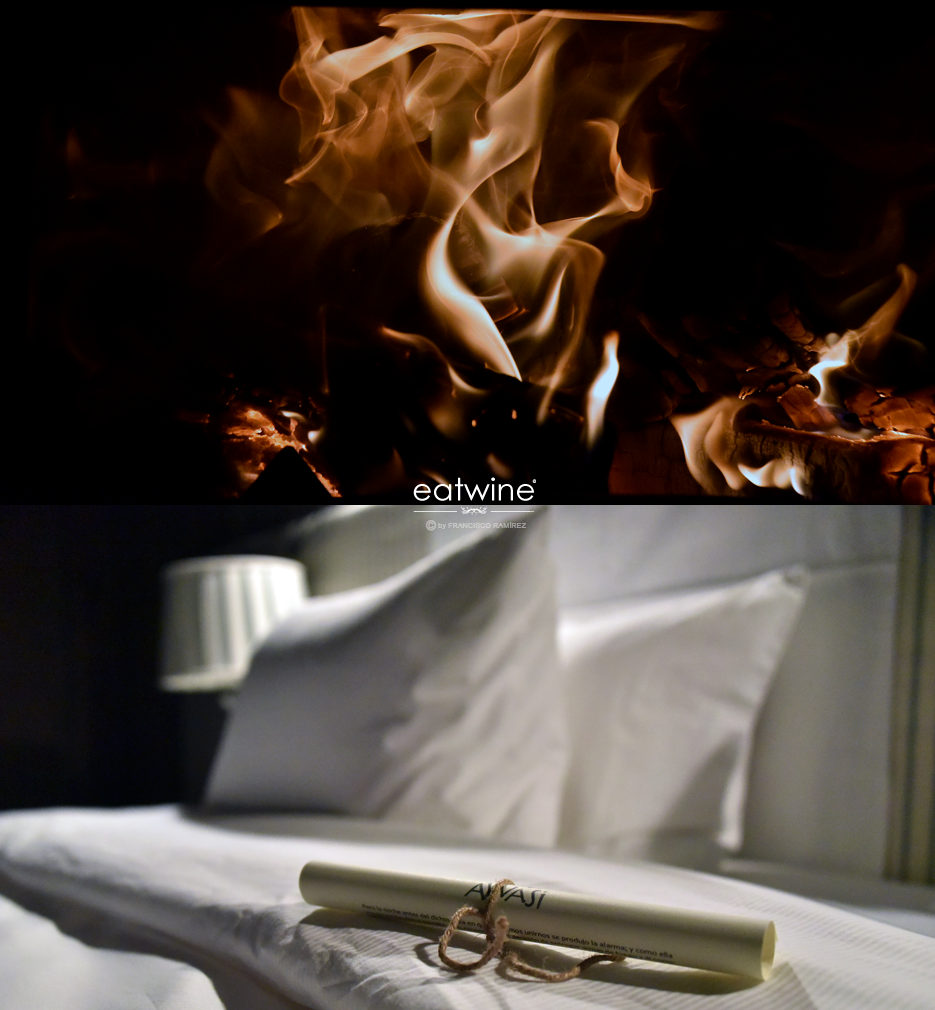
We arose to blue skies, not a single cloud, and no wind. The Universe was providing the perfect opportunity to tackle the hardest trek in the park to the base of the Torres del Paine. I had done the trek many years before as a study abroad student in Chile in 1998. On that first trip as an ill-prepared, non-camping backpacker in the park, our group had set off in not the best of conditions: high winds, no guide, non-sufficient food and water, no map, and zero idea of what to expect. Even in the greatest conditions, this trek is quite demanding. On that trip as a student, in the “Valle de los Vientos”, a windy pass, we had encountered nearly 90km wind gusts. Mind you this is a narrow stretch of the trail with a sheer drop off (no guard rails) thousands of vertical feet below. Then, towards the end to reach the base of the towers, scaling the vertically stacked boulders proved to dizzying. Not being much of a hiker at the time, compounded with no guide, I nearly lost it. I came home unscathed but mentally traumatized. I was acutely aware of the real danger you could get in trekking. It had been one of the longest days of my life. I swore I would never do it again.
My husband on the other hand, a real mountain goat, had been lobbying for this hike for years during many trips to the park. With the Awasi set-up of a private (experienced guide), an appropriate amount of food and water (that the guide even carries, how wonderful!), hiking sticks, proper shoes, and no wind, I finally caved. Deep down, I knew I had prove to myself it could be different. It could even be a wonderful experience.
The trek is the longest in the Torres del Paine at 19 kilometers round trip. Keeping a good pace, that means eight full hours of hiking. Even if you just walked leisurely (not considering several serious climbing/cardio parts), that’s nearly a half marathon on your feet. It’s also a trail that you do twice: you ascend and descend the same valley. More than the stamina, which I knew I had, my challenge would be in facing my fear of the Wind Valley, that vertigo, and those big, scary boulders.
I decided to employ the same strategy as on Sierra Contreras. As we got to the first hairy section, the Valle de los Vientos, I just took a deep breath and moved through it.
“Don’t look down. Don’t look up. Just concentrate on where you step. Daniel knows what he’s doing. Francisco (my husband) is behind me. All cool, Liz, all cool.”
And like that….it was over. Not a single breeze blew through that valley the entire time (I gave a nod of gratitude to Mother Nature). We hiked peacefully for a long time alongside the river and then through the forest. As the terrain became rockier and higher approaching the base of the Towers, I knew what was coming. The boulders still had snowpack melting which formed gushing streams diverting around the stones. It was muddy, slippy, and even icy in parts. We had to crisscross back and forth over the water, leaping at times. The guys naturally read the best line to follow so I let them show me the way: where and how to step. When unsure, I stopped to assess and accepted a steady helping hand. My walking stick was my BFF. Near the top, I didn’t look down at the huge rock pile hundreds of feet below. I was too busy figuring out my footing in knee-high snow on an edge. Once again, the summit felt so close yet so far away. We arrived to those magnificent granite towers stretching 3,000 vertical feet into the blue sky above, like they had for millions of years. Nature like this is so incredibly humbling. We often forget that in our modern lives where we look more at our phones than at the sky. At that moment, human life felt so small and fragile against something so large and eternal.
Daniel set up a delicious lunch on an improvised “table”, a large boulder, complete with a checkered table cloth. The warm sweet pea soup was incredibly nourishing. We absorbed the sun’s warm energy and our weary feet were grateful for much needed rest (only 10km to get “home” afterwards). After a noisy Brazilian group left, the silence became deafening. Occasionally a boulder would shake loose and barrel with a hollow echo towards the frozen lagoon. As it hit the water (or ice), it sounded like a loud clap of thunder.
The return trip was easier. I visualized the complicated parts and moved with more assurance. I actually was, wow!, enjoying myself. On the last downhill stretch, in the bliss of the nearing the finish, I gained too much speed gawking at the stunning view of the shiny turquoise Nordensjkola lake below. I took one distracted step and rammed my hiking boot at full speed into a very large rock. Mierda!!! Pain, pain, pain in my right big toe. I did the “OMG that hurt” jig and tried shake it off, keeping the pace. It was throbbing. Back at the hotel, peeling off my socks, I was relieved that nothing was broken, but definitely some damage had been done. I had stunned (rather, killed) my toenail from the blunt hit. It was already turning deep purple from the trauma. A couple of months later, it would completely fall off as a new one grew in. I had to laugh at my souvenir–a physical reminder of having conquered myself on those Patagonian mountainsides. The good news: the toenail would grow back. The slight pain and discomfort was worth it for the huge breakthrough I had experienced on this trip.
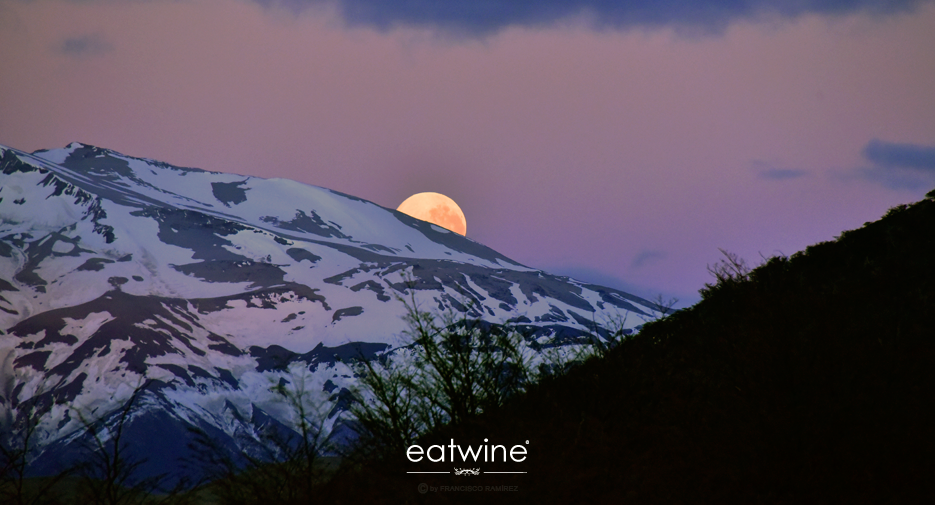
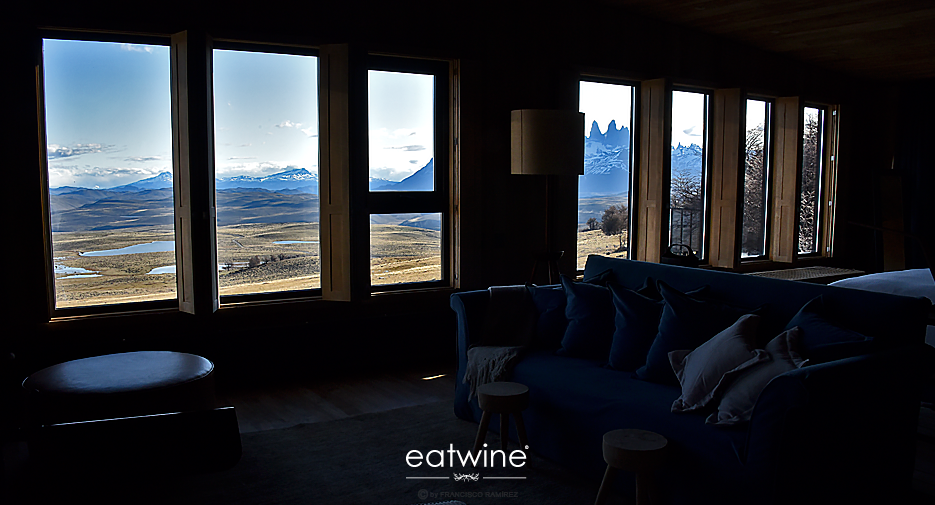
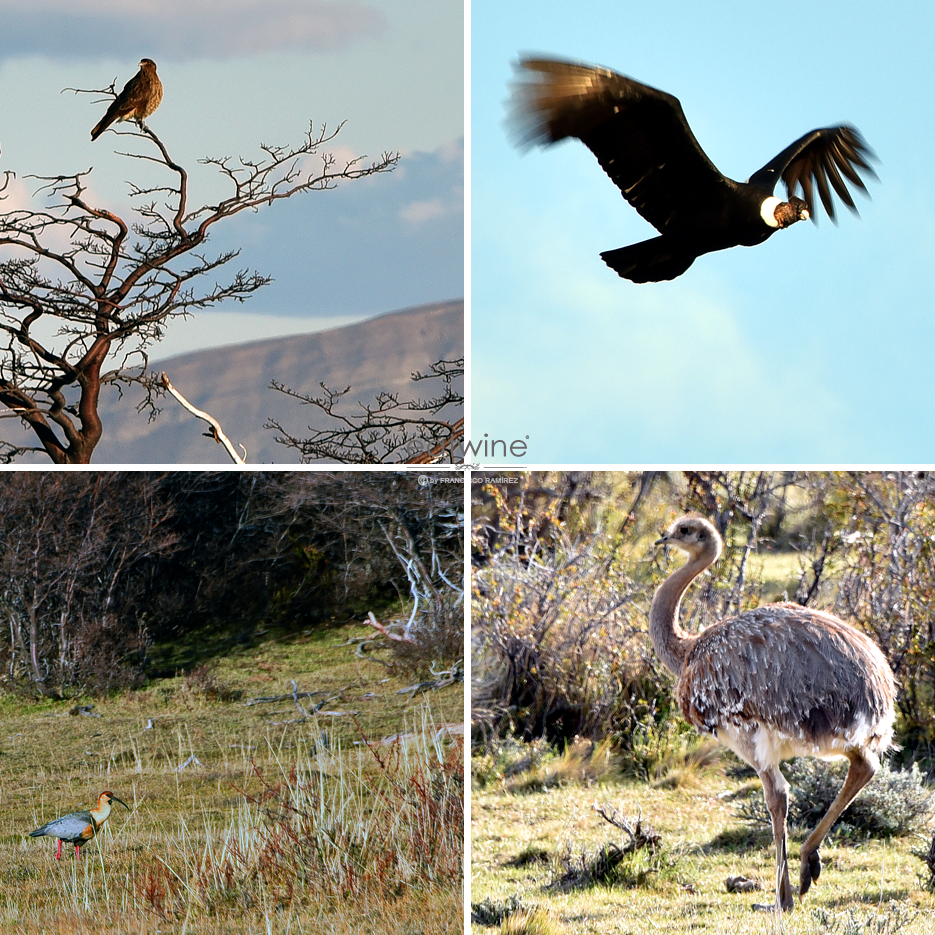
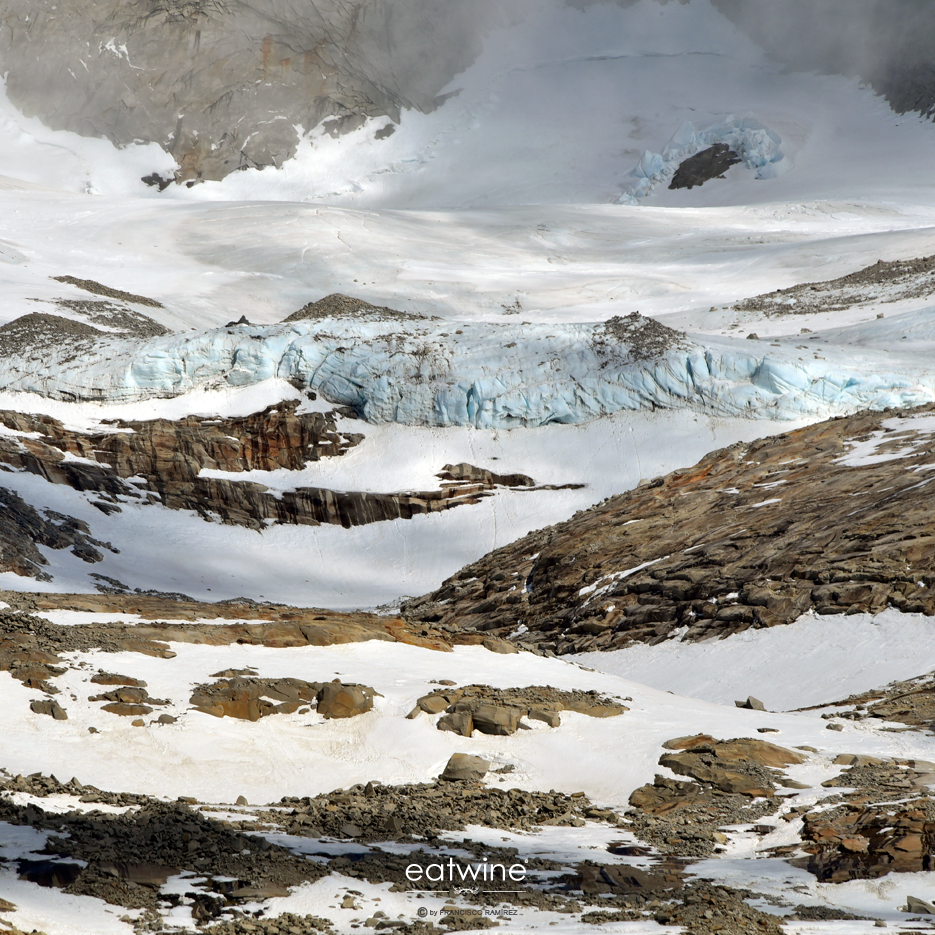

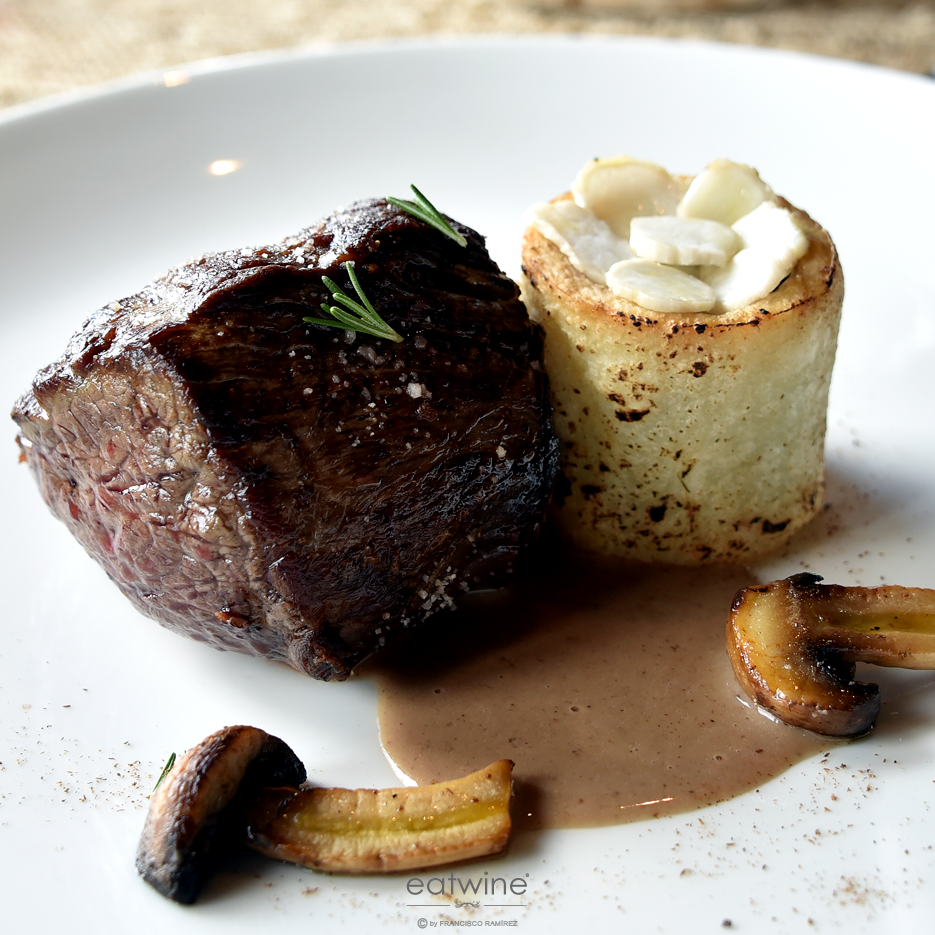

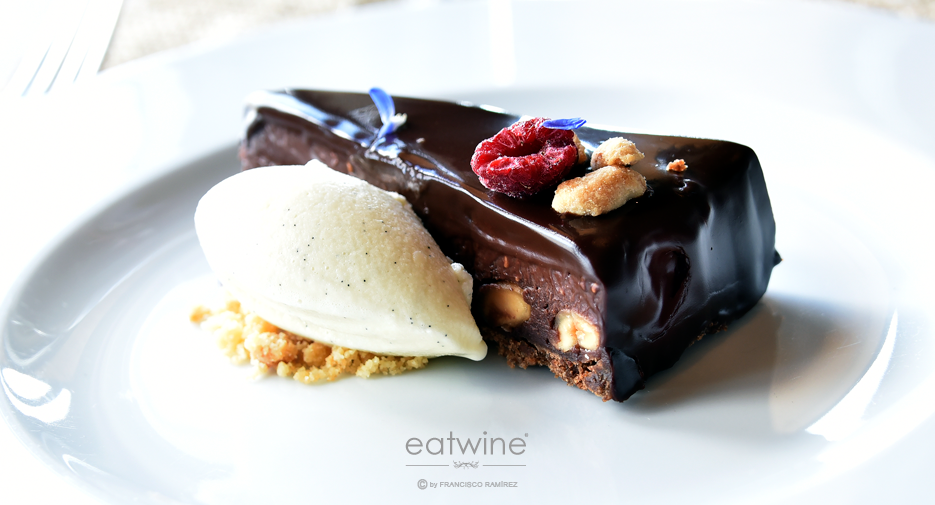
We bid farewell to Awasi the next day and started the long journey home to Santiago; our toddler was anxiously awaiting our return. As we crossed kilometers of golden estepa, I reflected on the few past days . I didn’t have anything to show for it (other than my purple toenail) but what mattered was what I had proven to myself; what I was capable of doing.
Isn’t this what we seek when we travel? Besides a little adventure, we want to push ourselves beyond our comfort zone, no? We have to stretch to grow and believe in what we can achieve. This is an analogy that applies not just to trekking but to life in general. It is a way of approaching everything. It is a way of being. Patagonia had simply been the catalyst to help me reconnect with my inner confidence and knowing that I can succeed at whatever I decide to commit to. It was profoundly empowering.
Back in the civilization, I continue to keep conquering myself, again and again. The process is pretty simple: focus on the goal, stay present, and always take one step at a time.
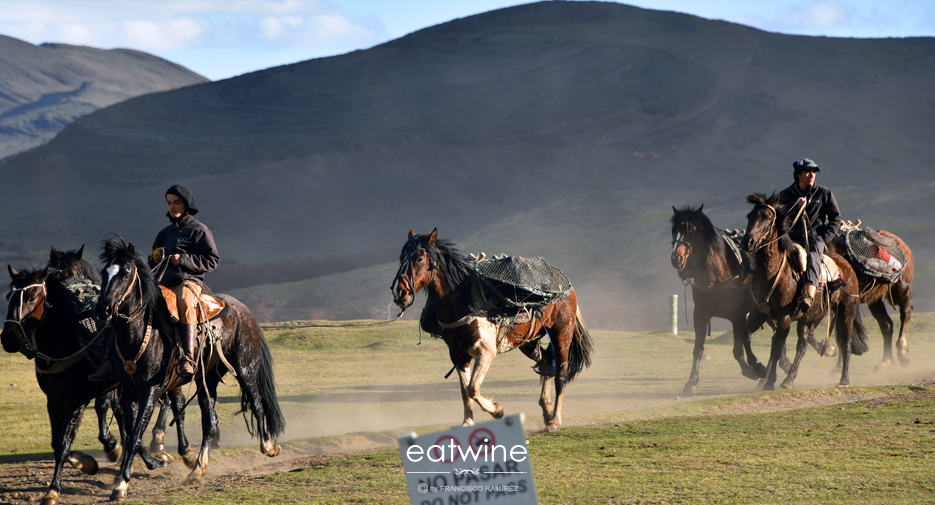
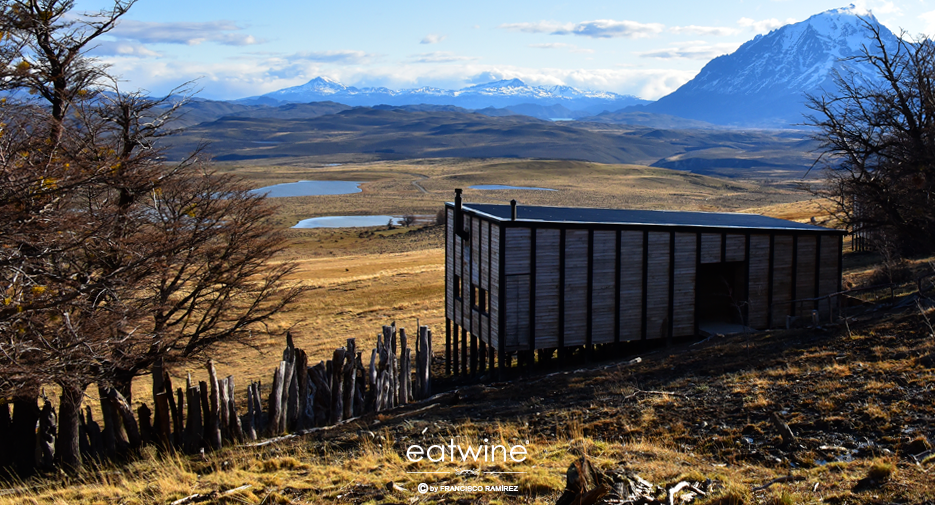
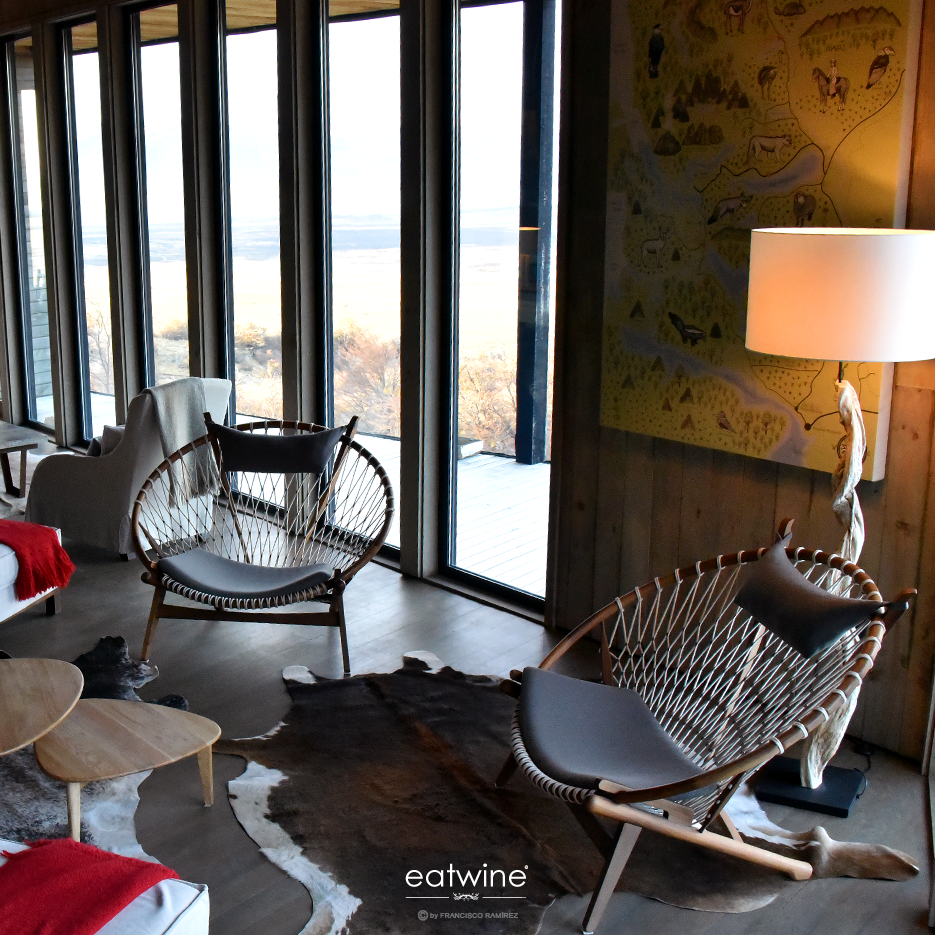
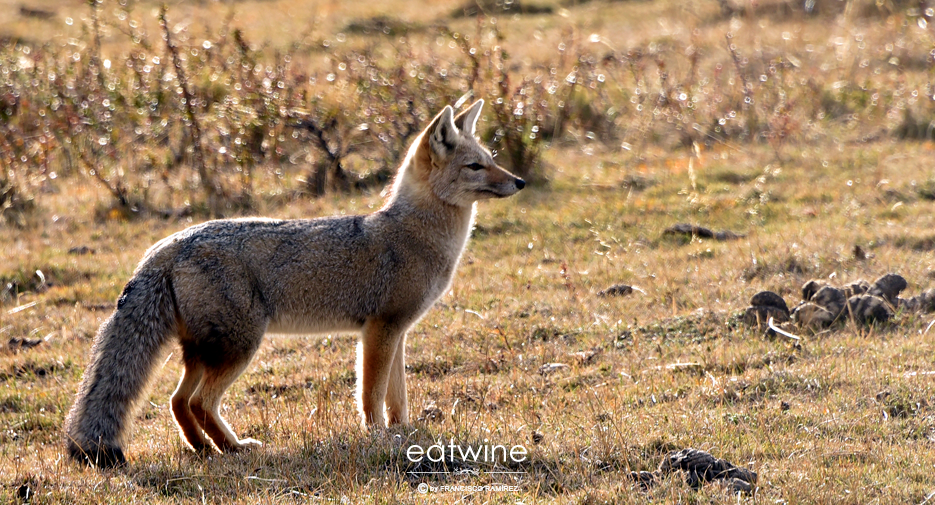
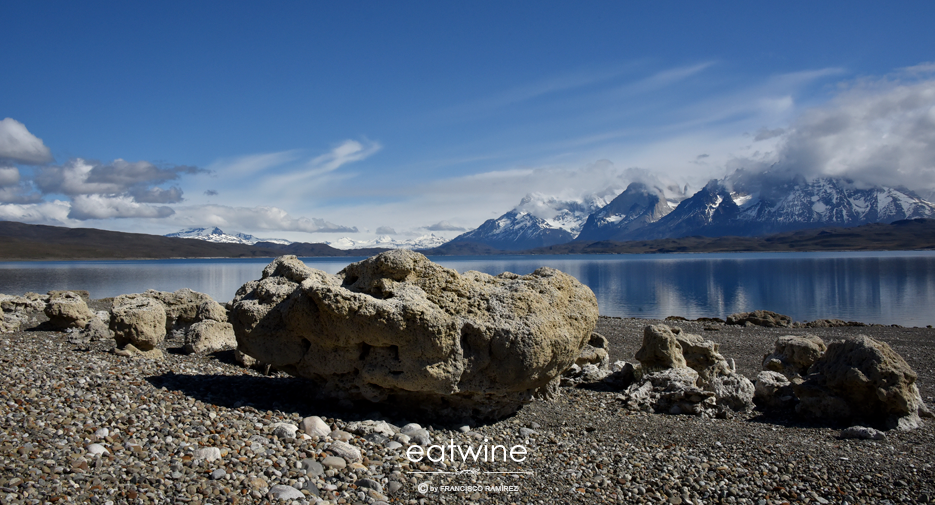
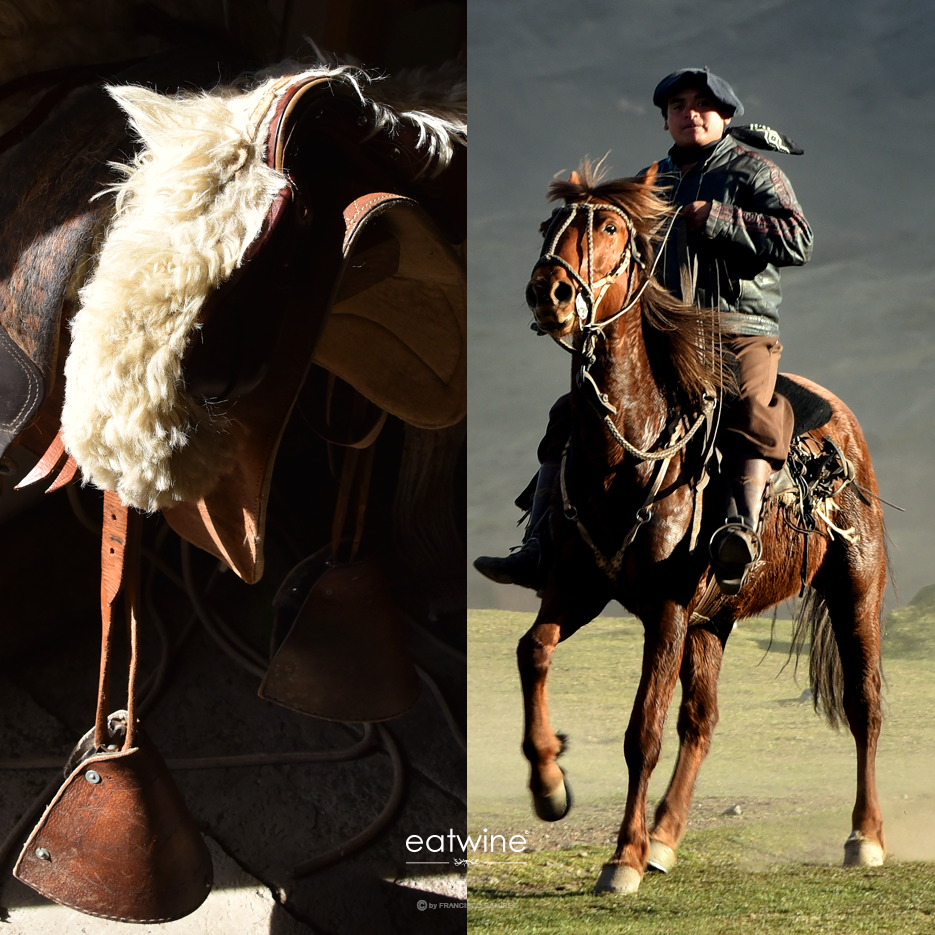

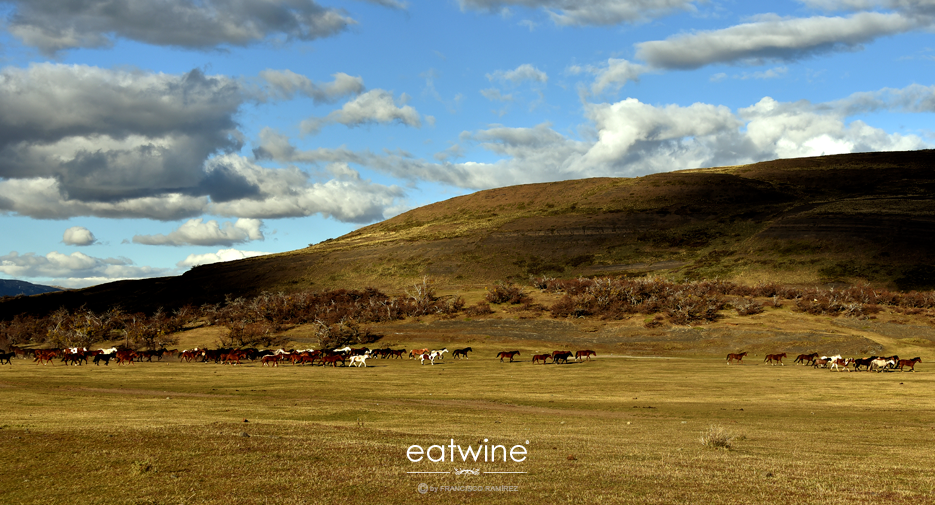
Chupe de Centolla (Creamy King Crab)
This dish appears on the permanent Awasi Patagonia lunch menu. Chef Federico agreed to generously share his recipe with us as we loved it. Chupe in Chile can often be synonymous with a gloppy, heavy casserole-type dish. This version was light and succulent with a copious amount of king crab meat and the addition of savory vegetables. King Crab is in season during the spring and summer months in the southern waters of Magallanes. While this chupe can be served family style in a single dish, I prefer the individual ramekins. It’s too yummy to share.
3 tablespoons butter
1/3 cup fresh red bell pepper, minced
1 clove of garlic, minced
1 medium onion en pluma, thinly cut with the grain
1 teaspoon paprika
1/2 cup fish or seafood stock (if neither available, use vegetable stock)
3 tablespoons heavy cream
½ cup fresh (white) bread crumbs
½ cup good quality grated Parmesan
1 teaspoon leaves of fresh oregano
3 tablespoons fresh chives, minced
1 ¼ pounds (500grs) cooked king crab
Juice of half a lemon
Sea salt and fresh black pepper to taste
Method:
Pre-heat the oven to 190C / 375 F.
Heat a fry pan and melt the butter. Add the garlic, red pepper, and onion, sweating until they are cooked but not browned. Add the paprika and fry for 1 minute. Incorporate the stock and cream, whisking. Reduce to low heat and cook for five minutes. Remove from heat and let cool slightly.
Add the bread crumbs, most of the Parmesan (reserve a little for the topping), and let sit for 10 minutes to absorb some of the liquid while the flavors develop. After, gently fold in the fresh herbs. Combine with the crab meat, lemon juice, and season with salt and pepper to taste.
Divide among four deep ramekins or in greda (Chilean clay pots). Sprinkle the remaining Parmesan on top. Bake for 20 minutes, or until the cheese on top is melted and bubbling. Serve hot, ideally with a crisp Chardonnay.
Four Portions.

